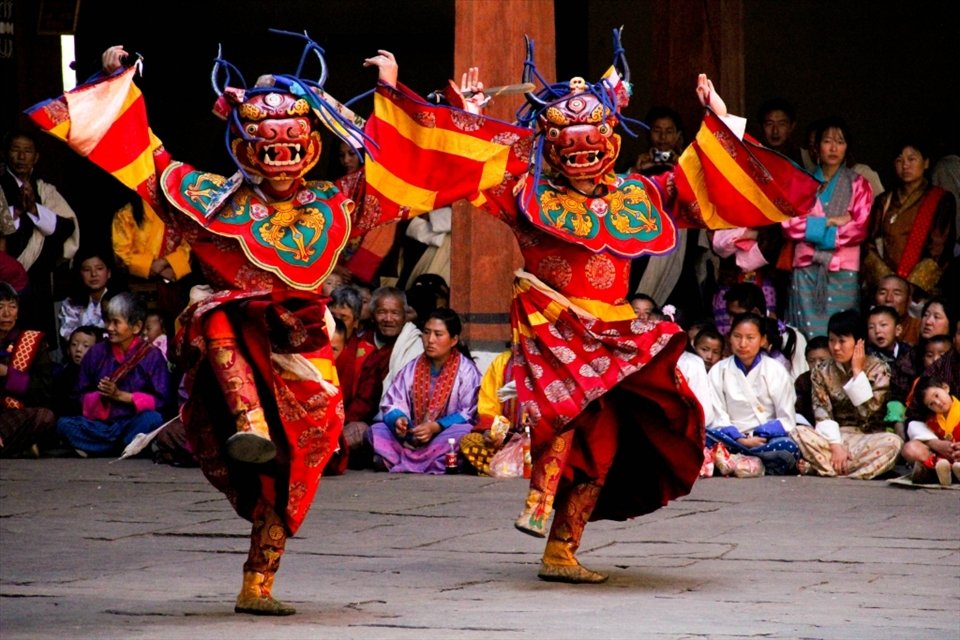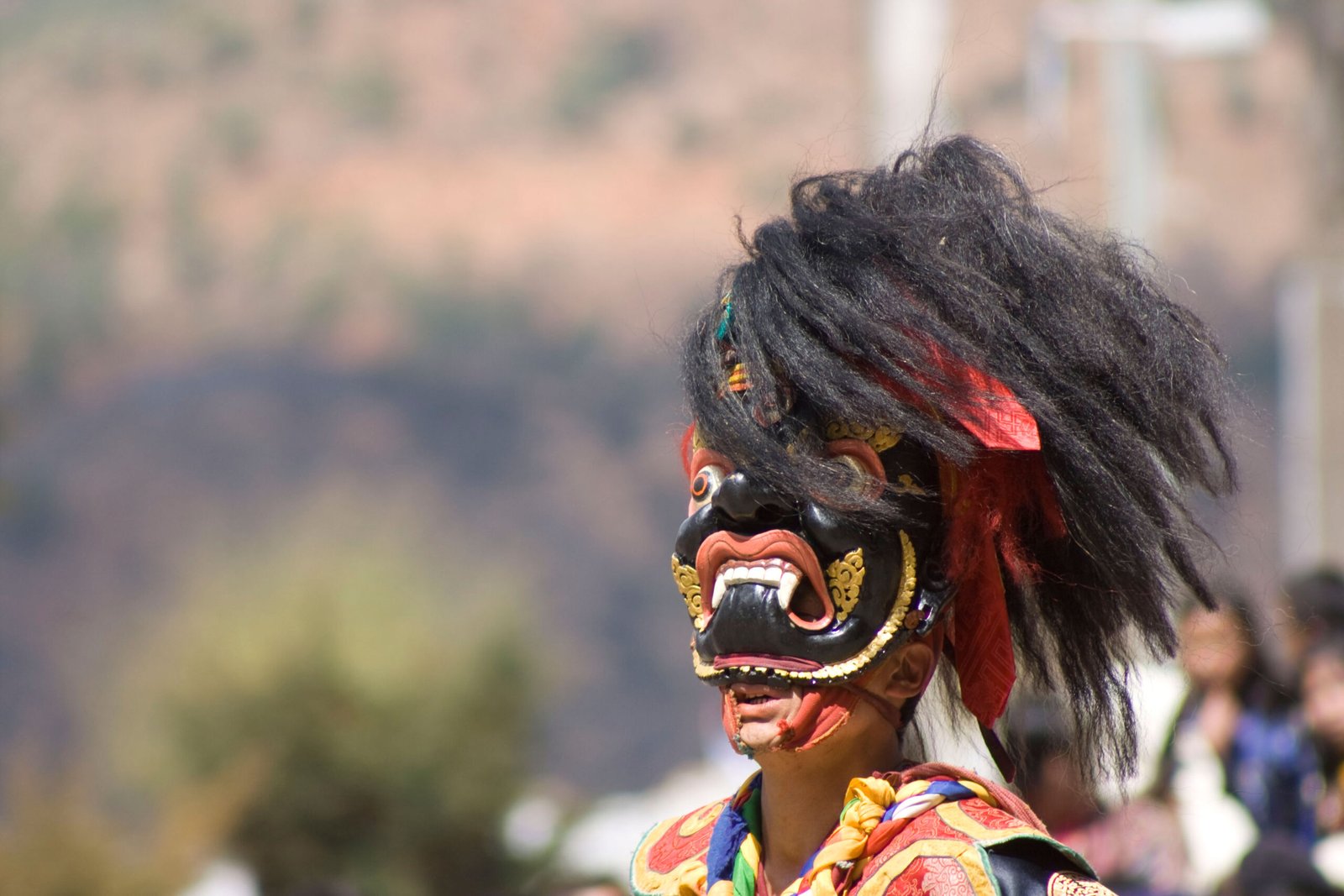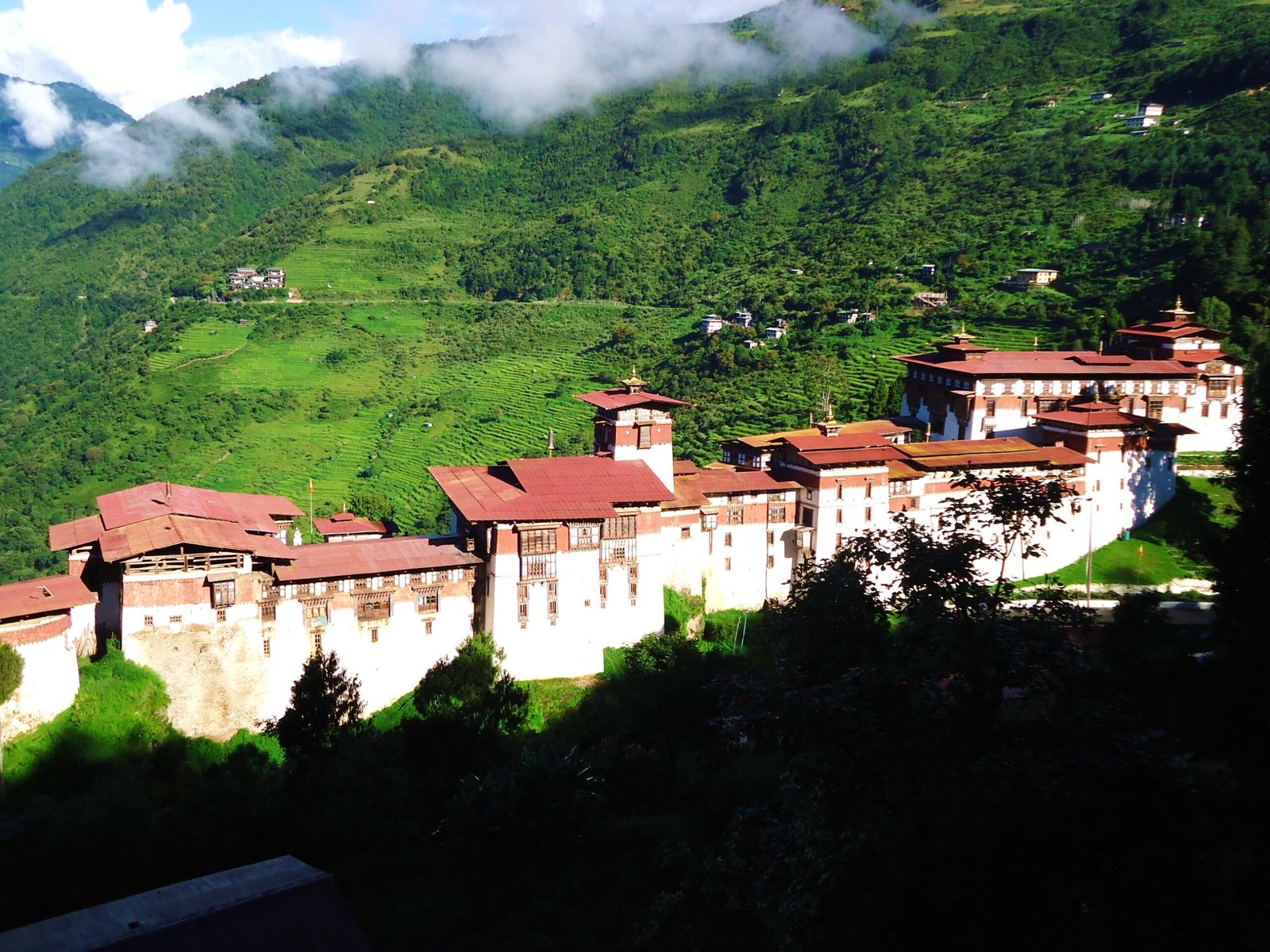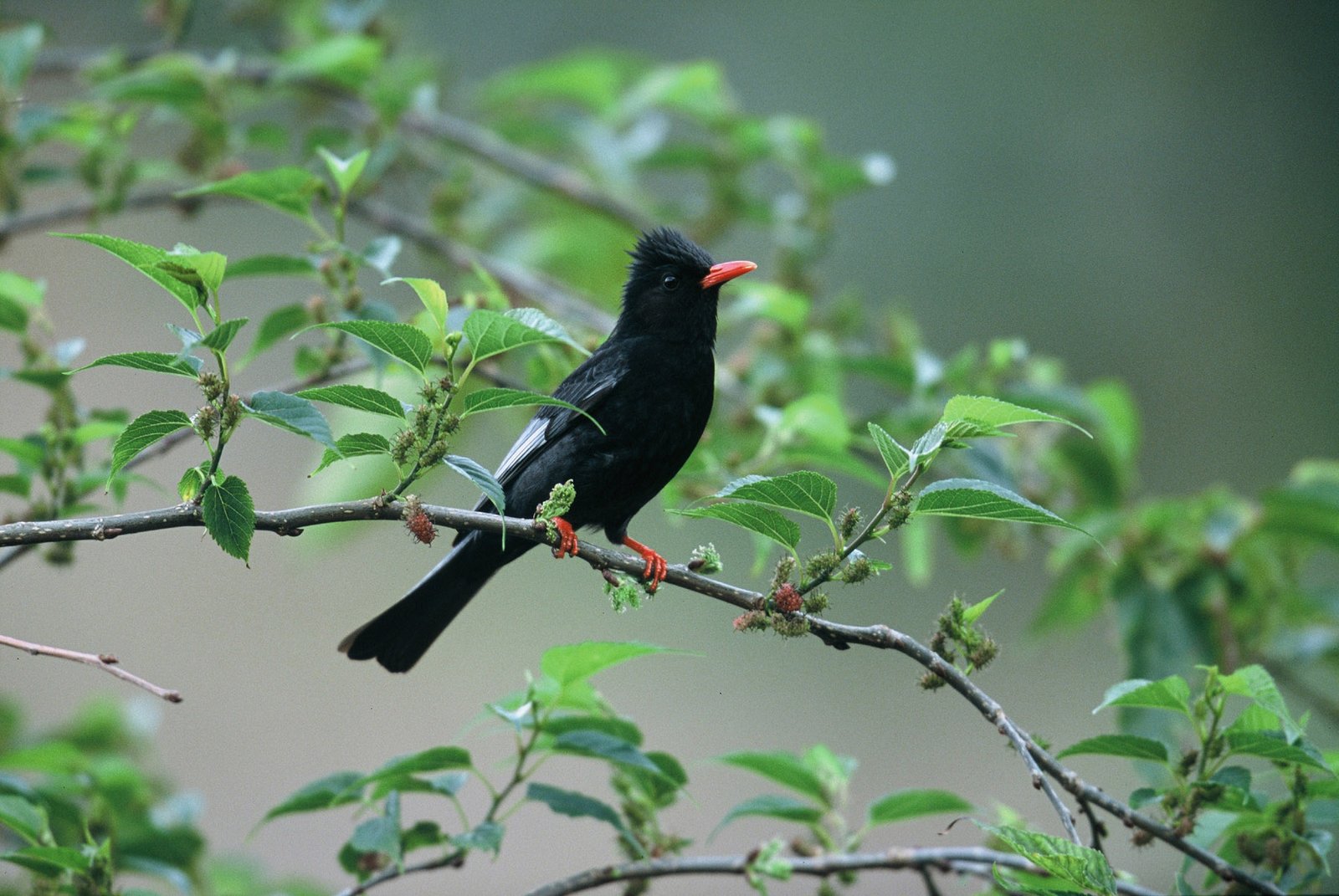
12 events found.
-
-

-

Dungsingma Tshechu
Dugsingma Lhakhang PemaGatshel, Bhutan -

Phongmey Tshechu
Wogmin Ugyen Choling Lhakhang Trashigang, Bhutan -

Blessed Rainy Day
Country-wide , Bhutan -
-

Black Mountain Festival
Trongsa Trongsa, Bhutan -
Dassain
Country-wide , Bhutan -
Tshogoenpa Tshechu
Tshogonpa Lhakhang Trashigang, Bhutan -

Laya Run
Laya Gasa, Bhutan -

Royal Highland Festival
Laya Gasa, Bhutan -
-
-
Wamrong Tshechu
Wamrong Lhakhang Trashigang, Bhutan -

Bird Festival
Zhemgang , BhutanZhemgang is a popular birding destination. With the Dzongkhag boundary intersecting with three protected areas – Royal Manas National Park, Jigme Singye Wangchuck National Park and Phrumsengla NationalPark, Zhemgang is home to more than 500 species of birds. This festival brings together the community and nature lovers to celebrate birds in Bhutan.
